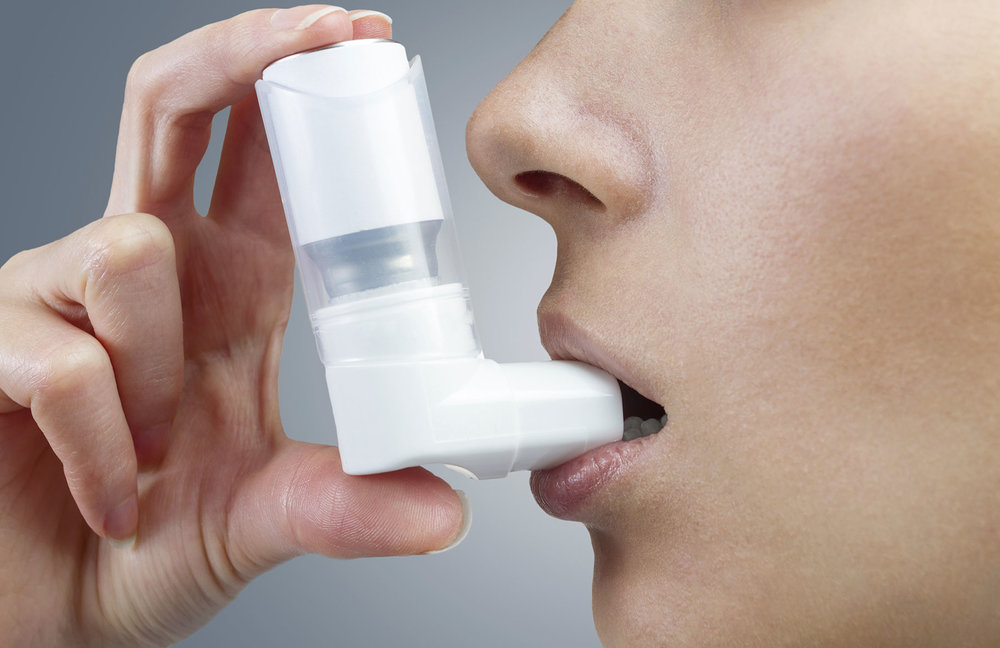Asthma rate on the rise in Iran

TEHRAN – According to a national survey, the rate of people suffering from asthma in Iran is roughly equal to global average but it has sped up compared to previous decades, the director of Health Ministry’ asthma and allergy department has said.
The survey demonstrates that some 11 percent of children and 9 percent of adults in Iran are suffering from this chronic disease, Mahdi Najmi said, ISNA reported on Friday.
This nationwide survey has been carried out using standard questionnaires and in both rural and urban areas, Najmi added, according to ISNA.
The survey also reveals that the spread of asthma in Khuzestan Province is twice the national rate, he highlighted.
It is more than a decade that Iran’s southwestern provinces, especially Khuzestan, have been grappling with sand and dust storms, mostly originating from Iraq, Saudi Arabia and Syria.
Also, other industrial and polluted provinces such as Tehran, have a higher asthma rate compared to the national average, he regretted.
The Health Ministry official went on to say that the main causes of asthma are air pollution and environmental allergens which have increased in recent years.
The first signs of asthma appear in childhood, Najmi said, adding that it is rare that individuals catch this chronic disease in adulthood.
He said a comprehensive plan for diagnosing, treating and controlling asthma is being formulated which primarily focuses on control measures since asthma cannot be cured but should be controlled.
An initial plan has been designed and it is being tested in some medical universities, he said. If successful, it will be implemented across the country, Najmi added.
The World Health Organization defines asthma as a chronic disease characterized by recurrent attacks of breathlessness and wheezing, which vary in severity and frequency from person to person. Symptoms may occur several times in a day or week in affected individuals, and for some people become worse during physical activity or at night.
During an asthma attack, the lining of the bronchial tubes swell, causing the airways to narrow and reducing the flow of air into and out of the lungs. Recurrent asthma symptoms frequently cause sleeplessness, daytime fatigue, reduced activity levels and school and work absenteeism. Asthma has a relatively low fatality rate compared to other chronic diseases.
According to The Global Asthma Report 2014, 14 percent of the world’s children and 8.6 percent of young adults experience asthma symptoms globally. However, only 4.5 percent of young adults are being diagnosed with asthma and take the required treatment.
MAH/PA
Leave a Comment